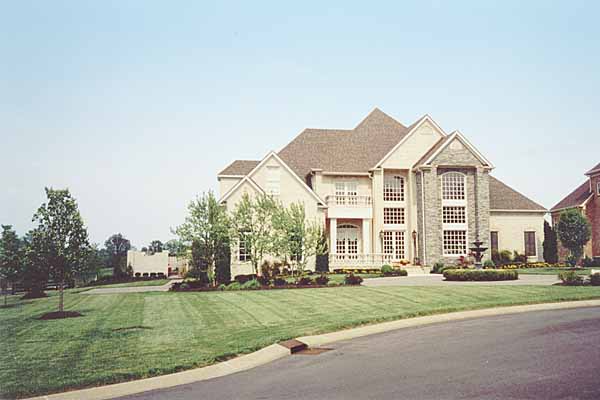SPILLOVER EFFECT
Unveiling the Spillover Effect: How Changes Shape the Economic Landscape of Real Estate
Introduction:
Understanding the Spillover Effect:
The spillover effect refers to the economic impact experienced by one parcel of land as a result of changes or modifications to adjacent properties. These changes can stem from various sources, including both private investments and public expenditures. The ripple effect of alterations in the immediate vicinity can lead to shifts in the highest and best use of the affected real estate.
Key Components of the Spillover Effect:
Private Expenditures:
Private investments in real estate, such as the development of large shopping centers or commercial complexes, can have a profound spillover effect. The economic vibrancy created by these developments often extends to neighboring properties, influencing their desirability and value.
Public Expenditures:
Public expenditures, particularly in the form of infrastructure projects, contribute significantly to the spillover effect. For example, the construction of a freeway interchange can enhance accessibility and connectivity, positively impacting adjacent parcels of land.
Changes in Land Use:
The spillover effect is closely tied to alterations in land use. The introduction of new amenities, services, or infrastructure can redefine the potential uses of surrounding real estate, leading to shifts in market demand and property values.
Examples of the Spillover Effect:
Freeway Interchange Impact:
Building a freeway interchange adjacent to a parcel of land can have a transformative effect. Improved accessibility may make the area more attractive for commercial development, leading to increased demand and potential changes in land use.
Large Shopping Center Development:
The construction of a large shopping center by an adjoining property owner can generate a spillover effect. The increased foot traffic, economic activity, and improved amenities can positively impact neighboring properties, potentially altering their highest and best use.
Implications for Real Estate Professionals:
Real estate professionals play a crucial role in understanding and navigating the spillover effect. Key considerations include:
Market Analysis:
Thorough market analysis is essential for assessing the potential spillover effect. Real estate professionals can analyze market trends, development plans, and investment activities to gauge the impact on surrounding properties.
Adaptability to Changes:
Professionals in the real estate industry need to be adaptable to changes in the market. Being proactive in understanding and leveraging the spillover effect can open up new opportunities for clients.
Strategic Planning:
Real estate professionals can engage in strategic planning by considering potential changes in the vicinity of a property. This includes anticipating the impact of both private and public expenditures on the highest and best use of the real estate.
Strategic Planning:
Real estate professionals can engage in strategic planning by considering potential changes in the vicinity of a property. This includes anticipating the impact of both private and public expenditures on the highest and best use of the real estate.
Conclusion:
The spillover effect serves as a fascinating dimension in the ever-evolving landscape of real estate. As changes and modifications occur in neighboring parcels of land, the economic impact can reverberate, reshaping the dynamics of the entire area. Real estate professionals who grasp the nuances of the spillover effect are well-positioned to guide clients through a dynamic market and capitalize on emerging opportunities in this complex and interconnected field.
MORE REAL ESTATE TERMS
A, B, C, D, E, F, G, H, I, J, K, L, M, N, O, P, Q, R, S, T, U, V, W, X, Y, Z
Featured New Home

Featured Mortgage Brokers
- KENTUCKY HOUSING CORPORATION, FRANKFORT, KY
1231 LOUISVILLE RD
FRANKFORT, KY 40601 - CHARTER WEST NATIONAL BANK, GRAND ISLAND, NE
714 N DIERS AVE
GRAND ISLAND, NE 68803 - PRIMELENDING A PLAINSCAPITAL COMPANY, INDIANAPOLIS, IN
50 E 91ST ST STE 300
INDIANAPOLIS, IN 46240 - GATEWAY FUNDING DIVERSIFIED MTG SRVS LP, CARMEL, IN
600 E CARMEL DR STE 169
CARMEL, IN 46032 - OPEN MORTGAGE LLC, CORONA, CA
1840 ROCKCREST DR
CORONA, CA 92880